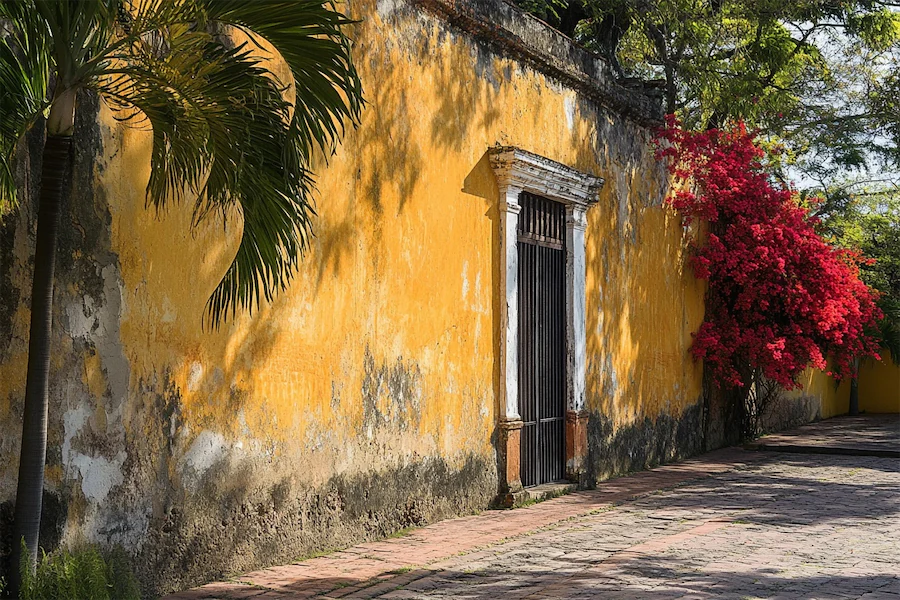Colonial wall design encompasses a variety of styles that originated during the colonial periods of different nations. These designs reflect the architectural influences of the colonizing countries, adapted to local climates and available materials. Understanding colonial wall design offers insight into the historical blending of cultures and the evolution of architectural aesthetics.
History and Origins of Colonial Wall Design
Colonial architecture emerged as European settlers established colonies worldwide, bringing their native architectural styles and modifying them to suit new environments. For instance, in North America, English, Dutch, French, and Spanish colonists developed distinct architectural styles:
- Spanish Colonial: Characterized by thick adobe or stucco walls, red clay tile roofs, and arched openings, this style was prevalent in the American Southwest and California.
- French Colonial: Found in Louisiana and the Mississippi Valley, featuring raised basements, wide porches, and walls constructed from timber frames filled with brick or bousillage (a mixture of mud and moss).
- Dutch Colonial: Notable for gambrel roofs and flared eaves, with walls often made of brick or stone, common in areas like New York and New Jersey.
- British Colonial: In New England, this style included symmetrical facades, central chimneys, and clapboard or shingle siding.
Key Features of Colonial Wall Design
Despite regional variations, colonial wall designs share common features:
- Symmetry and Proportion: Facades are typically symmetrical, with evenly spaced windows and centered doors, reflecting classical architectural principles.
- Natural Materials: Utilization of locally sourced materials such as wood, brick, stone, or adobe, contributing to the authenticity and sustainability of the structures.
- Decorative Elements: Incorporation of elements like cornices, pilasters, and moldings to add visual interest and convey a sense of craftsmanship.
Applications of Colonial Wall Design
Colonial wall designs can be applied in various settings to evoke a sense of historical charm and elegance:
- Residential Interiors: Utilizing wainscoting, chair rails, and paneled walls to add depth and character to living spaces.
- Exterior Facades: Applying traditional materials and symmetrical designs to new constructions or restorations to maintain architectural integrity.
- Public Buildings: Incorporating colonial design elements in schools, courthouses, and museums to reflect cultural heritage and historical significance.
Considerations When Choosing Colonial Wall Treatments
When selecting colonial-inspired wall treatments, consider the following:
- Historical Accuracy: Researching the specific colonial style relevant to the region ensures authenticity in design and materials.
- Material Quality: Opting for high-quality, durable materials that replicate traditional construction methods enhances longevity and aesthetic appeal.
- Maintenance: Understanding the upkeep required for materials like wood or stucco helps in preserving the appearance and structural integrity over time.
Conclusion
Colonial wall design offers a timeless aesthetic that blends historical elements with functional architecture. By appreciating its origins and key features, one can thoughtfully incorporate colonial design principles to create spaces that honor tradition while meeting contemporary needs.
